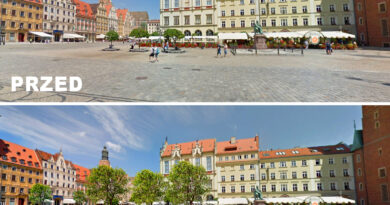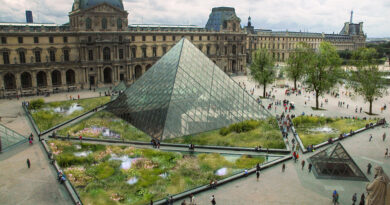Black plastic
Plastic packaging
For years, we have been encouraged to separate waste, and every household is required to have proper containers for GLASS, PAPER, PLASTIC, and MIXED WASTE.
Sometimes, it’s not so obvious which bin a particular waste item should go into. Packaging manufacturers often combine materials and substances, making recycling a complex issue. There is a lack of educational campaigns and even basic information on waste bins about which items should and definitely should not be placed there. We hope that the requirements of the European Union in this regard will significantly impact the development and form of waste segregation education within society.

Plastic waste
As widely known, plastic is currently the most problematic waste. Since its mass production began, a staggering 9.2 billion tons of plastic have been generated, of which only 10% is recycled. The situation in the European Union is somewhat more positive, with 30% being recycled, 31% going to landfills, and 39% being incinerated. Alarmingly, plastic constitutes 80% of all marine waste.
The problem that clearly contributes to the growth of these numbers is the fact that not all plastics are created equal, and only a small percentage of them are suitable for recycling.
It’s not surprising that the global economy has relied on this material – it’s cheap, lightweight, and durable. Unfortunately, the majority of plastic packaging ends up in landfills because, despite consumers’ sincere intentions, it is not easily recyclable. This means that we are using plastic in a linear way, where the cycle of this material is production, consumption, and disposal.

Black packaging
When you are left with no choice but to choose plastic packaging, it is important to pay attention to the following:
Remember it once and for all!
Colored plastics, particularly those containing carbon black, which is a pigment based on carbon black, are non-recyclable. Such packaging is primarily used for trays, meat, vegetables, and fruit packaging. It is also commonly found in the cosmetics industry, where packaging may be misleadingly advertised as reusable. Ultimately, such packaging ends up in landfills.

Packaging made of black plastic is not suitable for recycling!
Why can't black plastic be recycled?
Packaging and its components containing carbon black can pose significant challenges during the sorting process of packaging waste. In the sorting of plastic waste, near-infrared (NIR) spectroscopy is used to successfully identify and sort materials. However, materials that contain intense colorants such as carbon black are not visible to the sorting system and are immediately rejected. In such cases, the waste ends up in landfills or undergoes energy recovery processes.

Don't buy products in black plastic.
In recent years, we have been flooded with a wave of catering companies specializing in delivering food in the form of so-called meal kits. Anyone who has ordered food from such a company knows that the producer is obligated to provide the customer with three separate meals every day. Therefore, just from this one source, we contribute three non-recyclable packaging items to polluting the planet every day! The black plastic containers sealed with transparent film have become the trademark of these companies.
There is a wide range of products that are intensively colored: bottles, trays for fruits and vegetables, packaging for detergents and cosmetics, caps, and so on.
What can I do to eliminate the use of carbon black colored plastic?
-Try to buy products in bulk rather than packaged on trays (such as fruits and vegetables).
-Choose manufacturers who offer sustainable solutions and, for example, propose selling the product itself without packaging (such as soap, shampoo, etc., bought by liters or weight).
-Always try to seek alternatives to dark packaging (avoid takeaway coffee served in colored cups and black lids).
-Choose companies that allow the use of reusable containers (especially in the food service industry).
-Opt for transparent or glass bottles instead of trendy colorful water bottles.




